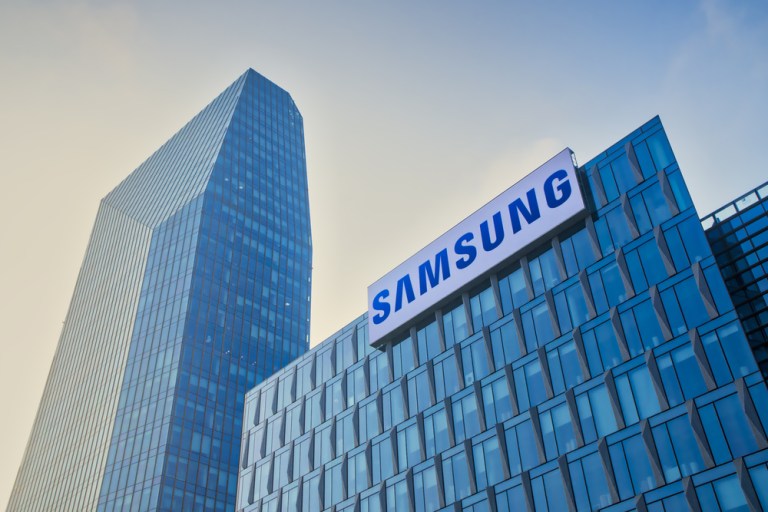The technology conglomerate, which is the world’s largest smartphone and semiconductor maker, is exploring a blockchain-based ledger system to manage its international supply chain. Samsung SDS VP and Blockchain Chief Song Kwang-woo said that supply chain involves the transport of billions of dollars worth of goods every year.
Samsung SDS, the company’s logistics and IT unit, said blockchain may be able to cut logistics and shipping costs by 20 percent, reports said. The unit is reportedly looking into deploying a blockchain solution for Samsung Electronics.
“It will have an enormous impact on the supply chains of manufacturing industries,” Song said of blockchain technology. “Blockchain is a core platform to fuel our digital transformation.”
Bloomberg cited research from IBM, which found that the costs of managing documents for container shipments alone are more than twice as much as the costs of managing documents for transportation. IBM is another technology giant developing blockchain solutions; earlier this month, the firm announced a collaboration with non-profit Sovrin Foundation to develop a blockchain network for individuals and businesses, along with other IT companies.
Samsung SDS plans to manage 488,000 tons of air cargo and 1 million shipping units this year, reports said. Blockchain could help the firm reduce the time between product announcement, launch and shipment.
Advertisement: Scroll to Continue
“It cuts overhead and eliminates bottlenecks,” Korea University industrial engineering professor Cheong Taesu told Bloomberg. “It’s about maximizing supply efficiency and visibility, which translates into greater consumer confidence.”
Apart from blockchain, Samsung is exploring other cutting-edge technologies, including artificial intelligence (AI). The company reportedly acquired Kngine earlier this year to beef up its AI operations. Kngine develops mobile solutions that use AI to respond to questions using its deep learning algorithm.
